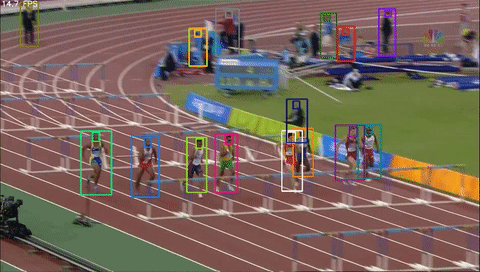Body-Part Joint Detection and Association via Extended Object Representation
The detection of human body and its related parts (e.g., face, head or hands) have been intensively studied and greatly improved since the breakthrough of deep CNNs. However, most of these detectors are trained independently, making it a challenging task to associate detected body parts with people. This paper focuses on the problem of joint detection of human body and its corresponding parts. Specifically, we propose a novel extended object representation that integrates the center location offsets of body or its parts, and construct a dense single-stage anchor-based Body-Part Joint Detector (BPJDet). Body-part associations in BPJDet are embedded into the unified representation which contains both the semantic and geometric information. Therefore, BPJDet does not suffer from error-prone association post-matching, and has a better accuracy-speed trade-off. Furthermore, BPJDet can be seamlessly generalized to jointly detect any body part. To verify the effectiveness and superiority of our method, we conduct extensive experiments on the CityPersons, CrowdHuman and BodyHands datasets. The proposed BPJDet detector achieves state-of-the-art association performance on these three benchmarks while maintains high accuracy of detection. Code is in https://github.com/hnuzhy/BPJDet.
PDF Abstract

 MS COCO
MS COCO
 CrowdHuman
CrowdHuman
 CityPersons
CityPersons